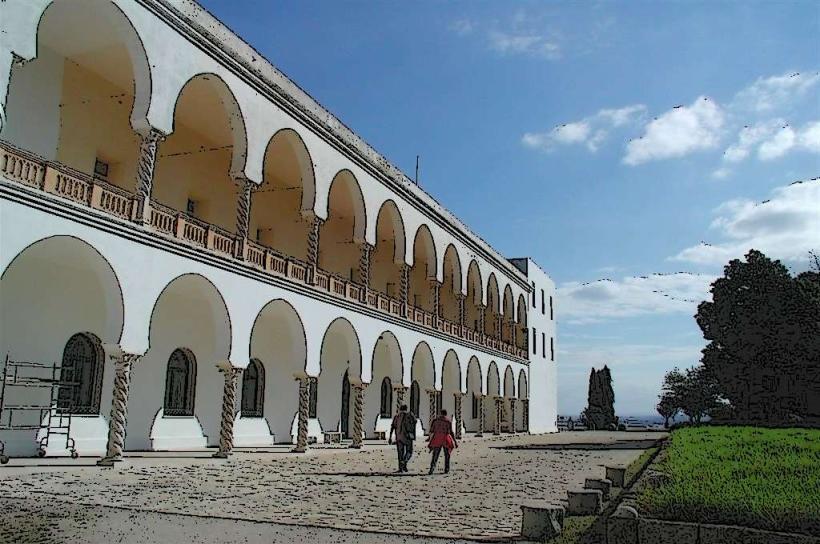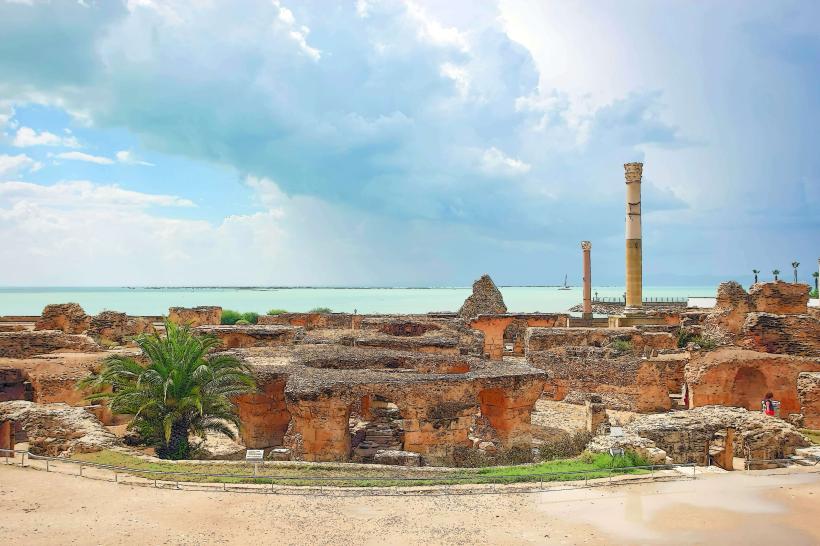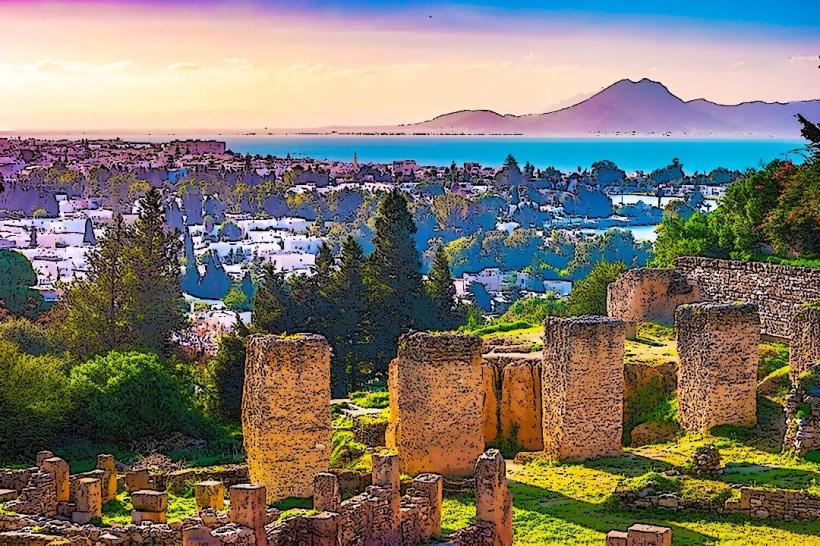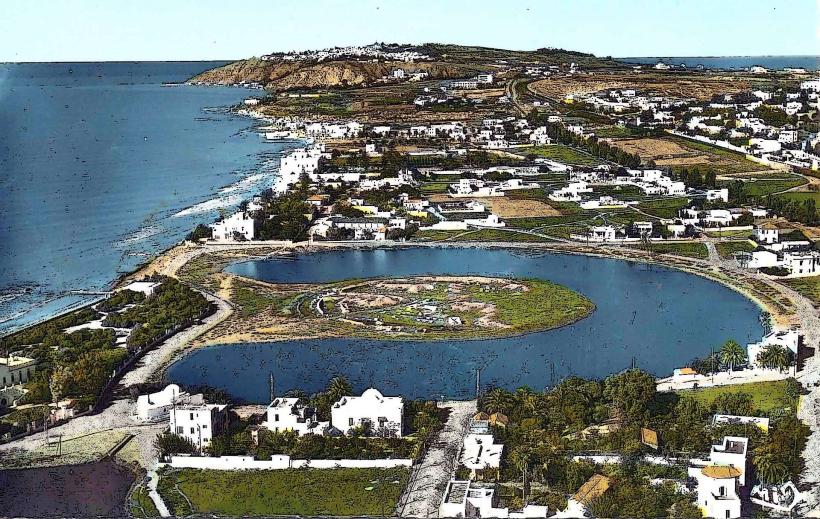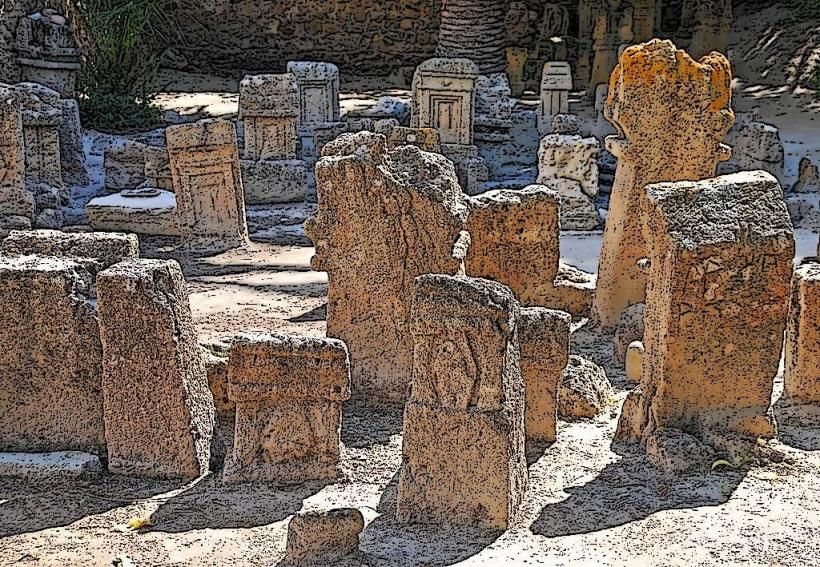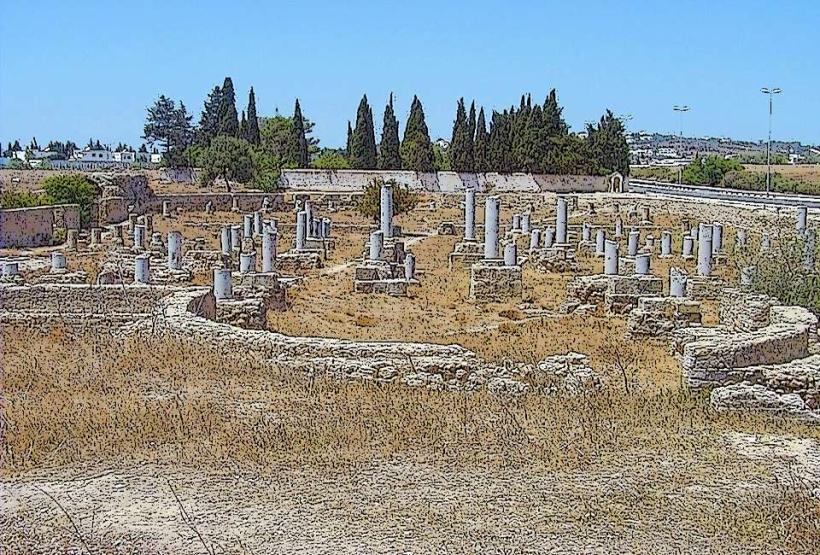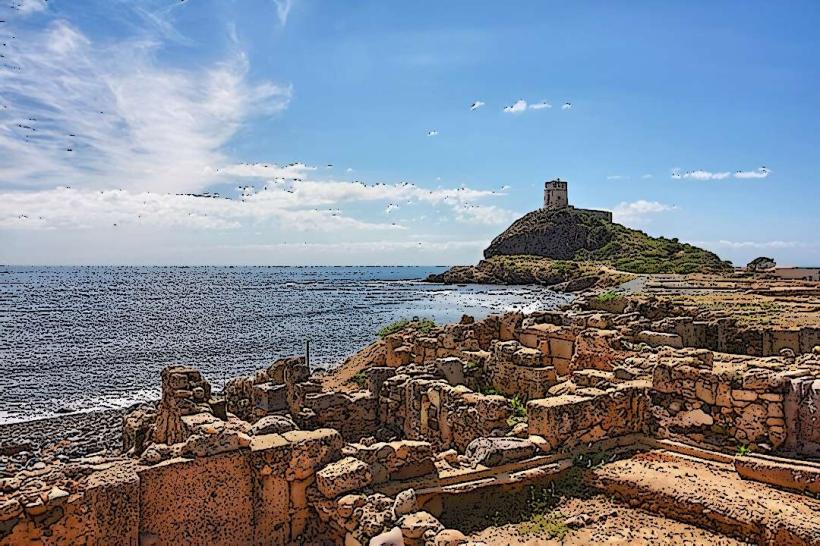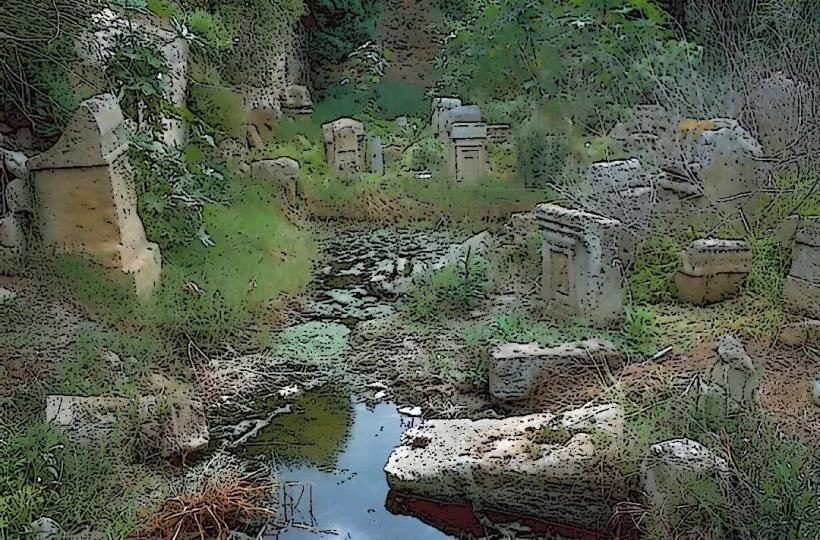Information
Landmark: Carthage AqueductCity: Carthage
Country: Tunisia
Continent: Africa
Carthage Aqueduct, Carthage, Tunisia, Africa
Overview
The Carthage Aqueduct, a towering feat of Roman engineering, carried fresh water into the bustling city of Carthage in what is now Tunisia, on top of that after Carthage was destroyed and rebuilt in the Roman era, engineers raised an aqueduct whose stone arches still stand as one of North Africa’s greatest feats of Roman hydraulic design.Here’s a closer behold: after crushing Carthage in 146 BCE during the Third Punic War, the Romans eventually rebuilt it as a colony under Julius Caesar and Augustus, raising modern stone streets where ashes once lay, meanwhile carthage rose to prominence in Roman Africa and, over time, became the capital of Africa Proconsularis, its harbor crowded with merchant ships.As the city grew in both size and reputation, it needed a steady flow of fresh water to keep its people alive, fill the baths, splash through the fountains, and irrigate the fields, after that workers began building the Carthage Aqueduct under Emperor Hadrian between 117 and 138 CE, and under Antoninus Pius, it stretched farther and was finally finished, its pale stone arches cutting across the sparkling North African sky.The aqueduct’s purpose was to carry water from cool freshwater springs in the foothills of the Djebel Zaghouan mountains, about 90 kilometers (56 miles) southwest of Carthage, what’s more the most necessary spring lay at Zaghouan, where cool water began its long journey through the aqueduct.The Carthage Aqueduct blended classic Roman engineering elements, drawing most of its water from the cool spring at Zaghouan, while smaller springs from places like Jouggar fed into the network as well, and the whole system ran about 132 kilometers-82 miles-with branches winding off toward reservoirs and antique stone cisterns along the route, relatively Construction Style: Most of the aqueduct wound its way beneath the earth through covered channels, hidden like a stone tunnel under the soil, what’s more when the land dipped-especially around valleys and low plains-the water crossed on long stretches of towering stone arches.Some arcades soared nearly 20 meters high-about the height of a six‑story building-proof of how Roman engineers shaped stone to fit the rise and fall of the land, not only that the aqueduct was built mostly from stone masonry, reinforced with Roman concrete (opus caementicium), a tough, long-lasting mix that set hard like sun-warmed rock, loosely Builders often lined water channels with waterproof cement, known as opus signinum, its reddish surface sealing out every drop, then like most Roman aqueducts, it kept a steady, gentle slope so water could glide downhill under its own weight, no pumps needed.As it happens, Near Zaghouan’s spring, the Romans raised a grand stone nymphaeum-its arches cool and echoing-known as the Temple of Water, on top of that it worked as both a water reservoir and a sacred location where people honored the life-giving springs, their surface shimmering in the sun.When the water reached Carthage, it was funneled into huge stone cisterns, then sent out to the city’s public baths-like the sprawling Baths of Antoninus-along with the fountains that splashed in busy squares and the private homes beyond, as well as maintenance Structures: Inspection shafts, or putei, punctuated the aqueduct at regular intervals, giving workers easy access to sweep out fallen leaves and patch cracks before they spread.As Roman rule in North Africa slowly weakened and Vandal forces swept in during the 5th century CE, upkeep of the aqueducts faltered; moss crept along the stone channels, after that over time, in the later Byzantine and Arab eras, the system crumbled-stone channels cracked, debris piled up-and it no longer worked as it once had.Today you can still spot the striking ruins of the Carthage Aqueduct, its long stone arcades marching across the open fields, especially near the quiet village of Mohammedia, alternatively parts of the underground channels, obscure and echoing, twist away into the distance.Some sections of Carthage’s cisterns and reservoirs, their stone walls cool and damp to the touch, then the massive stone ruins of the Water Temple at Zaghouan have been carefully restored and studied in depth, their weathered arches still cool to the touch, to some extent These ruins still speak of Roman brilliance in civil engineering, and of how carefully they managed water to keep their cities alive-stone arches, worn smooth by centuries, show the skill that made it possible, in addition if you’d like, I can tell you about the Temple of Water or the Baths of Antoninus-both tied closely to the aqueduct’s role, like cool marble halls fed by its steady flow.
Author: Tourist Landmarks
Date: 2025-09-27

